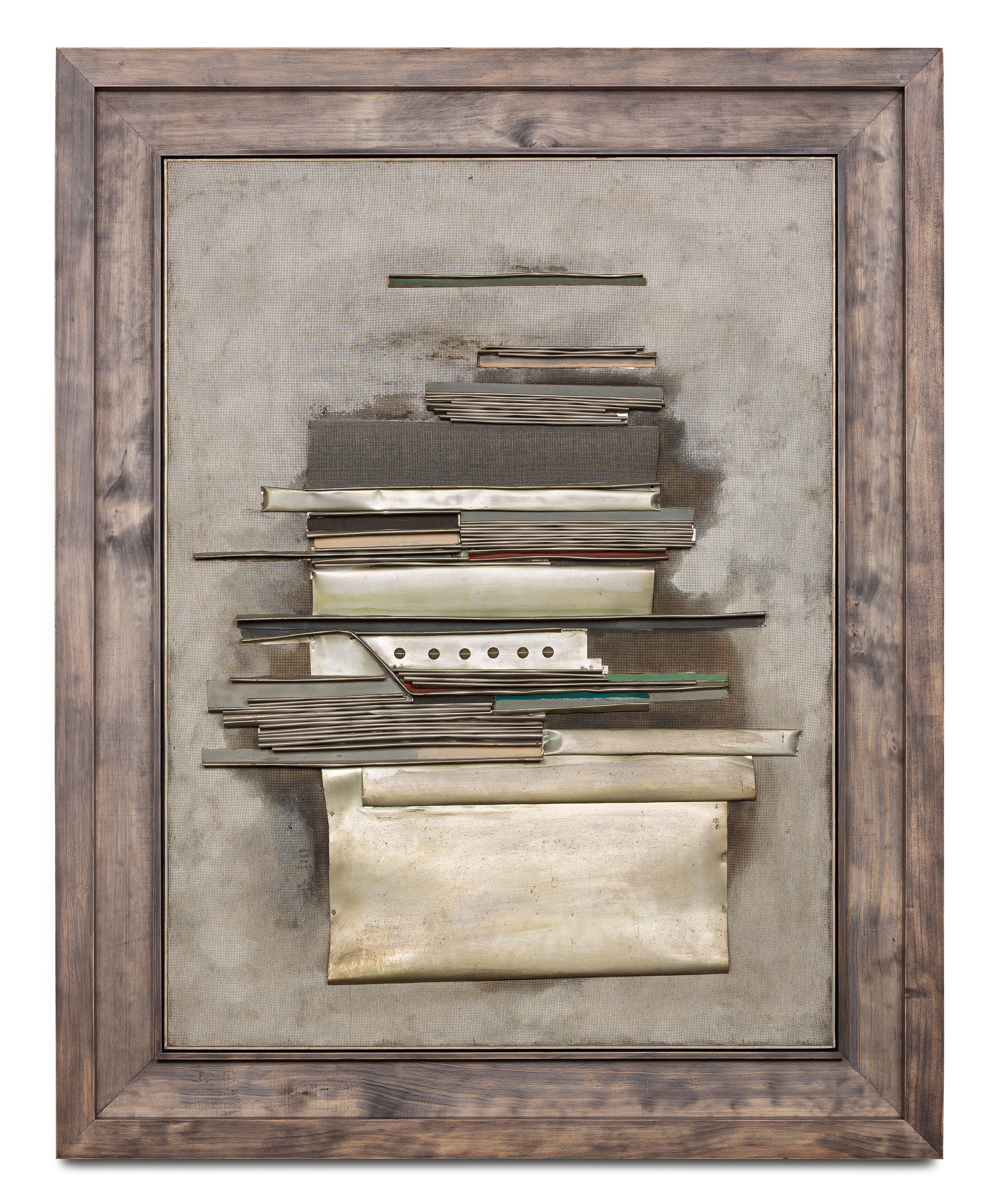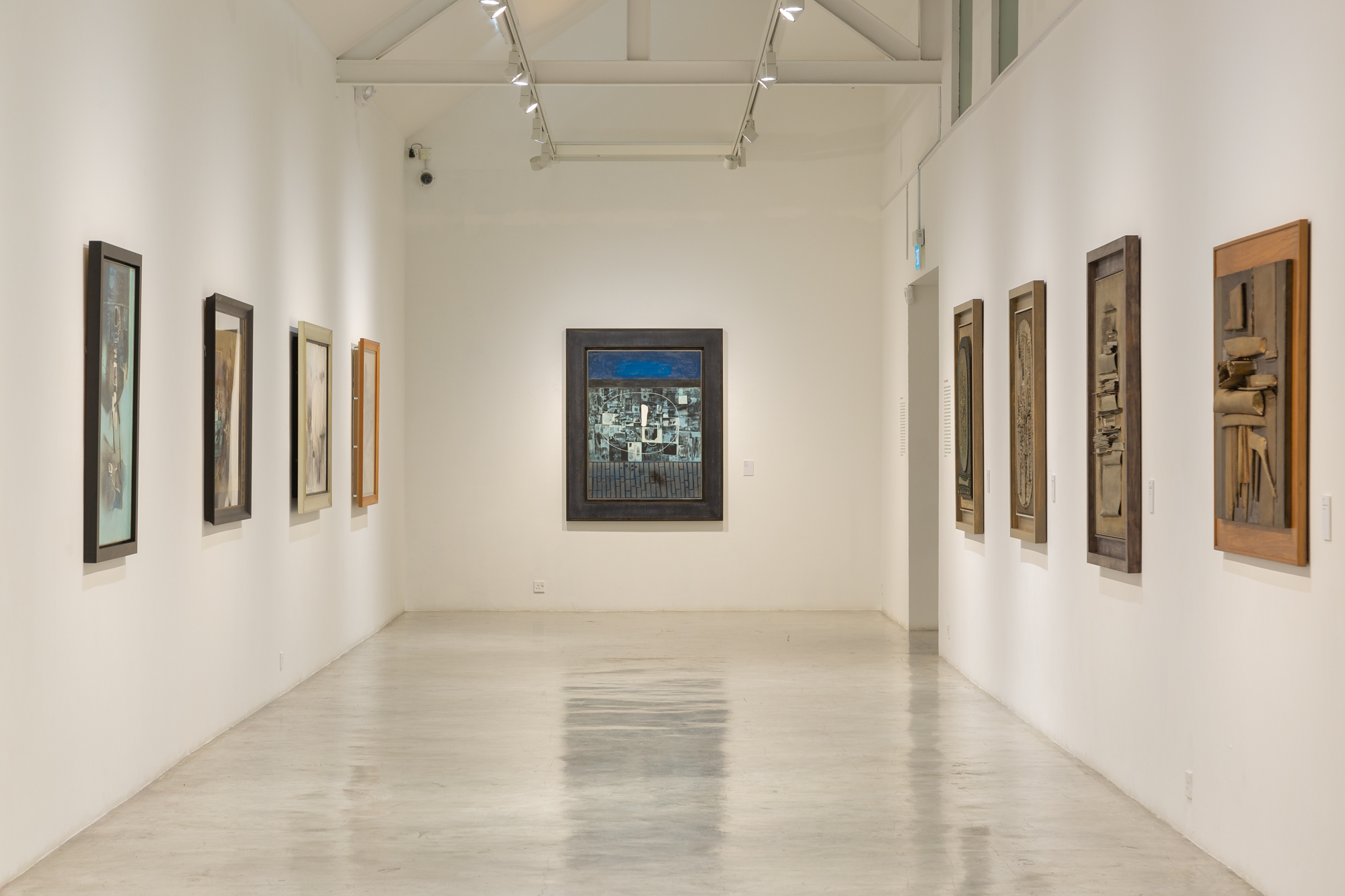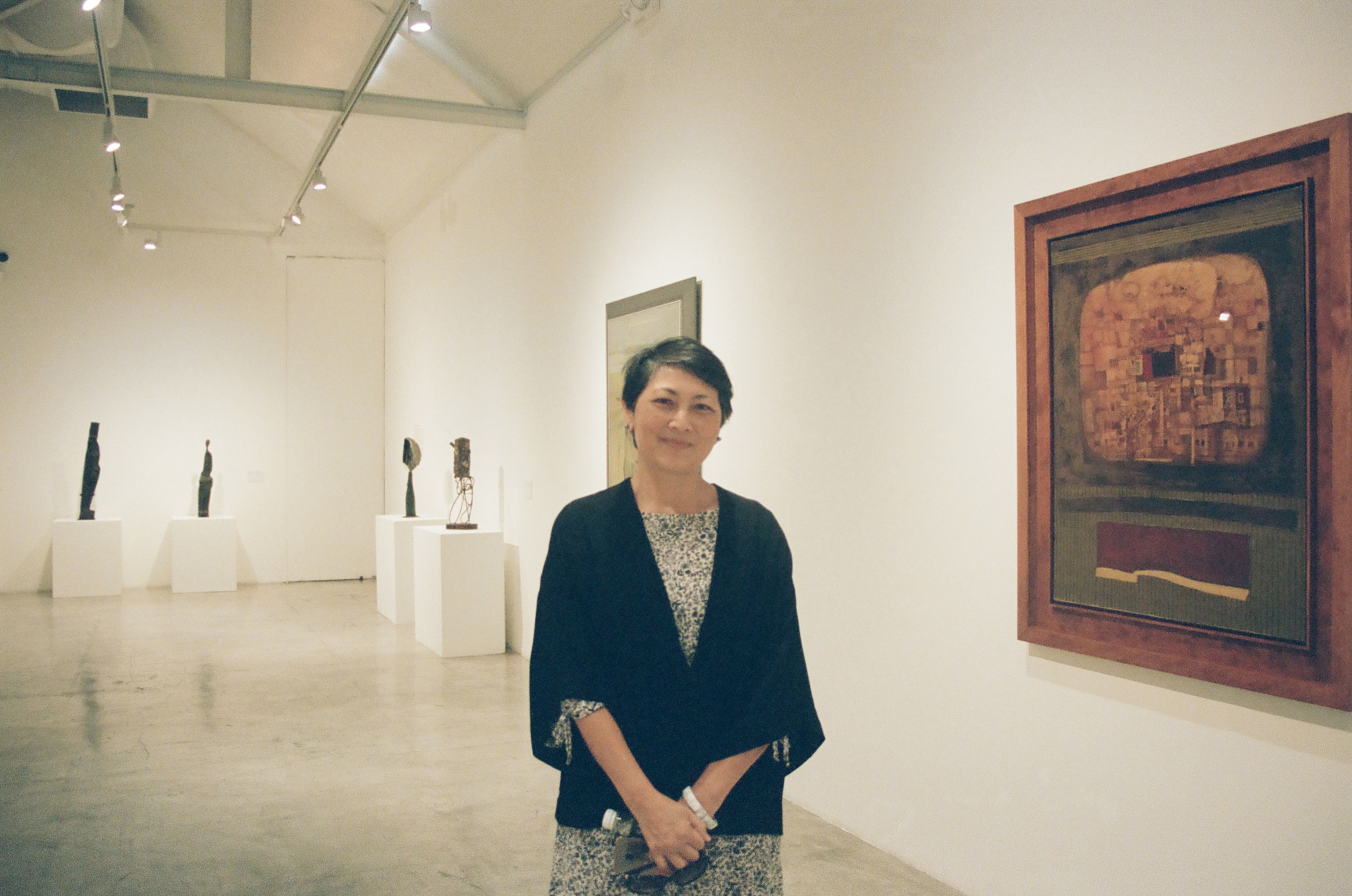Cheong Soo Pieng is an eminent artist, and was pioneering in both his practice and his teaching. His work is now the focus of an ambitious exhibition at STPI - Creative Workshop & Gallery, which places Cheong’s mastery of his medium at its fore. Particularly apt is the fact that STPI itself is a place where art making and exhibiting collide. We speak with the curator, Seah Tzi-Yan, on the importance of Cheong’s works.
Seah Tzi-Yan has worked actively on the Singapore visual arts scene since 1988. She has been appointed programme curator to the Young Talent Programme at ION Art from 2012-2019. She has also created a popular talk series The Art Week Conversations during Singapore Art Week (2015-19). The team from THEO produced the information for Singtel Art Project in 2017, an online corporate art programme. She has curated and arranged many exhibitions including The Singapore Art Show, 2016, with artists Teo Eng Seng, Eng Tow and Tang Da Wu; Modern Masters from Myanmar, 2015, with artists Aung Myint and San Minn; and Rukunegara 1 & 2 from 2013-2014, with Zulkifli Yusoff, also shown at the Singapore Biennale 2014. She was awarded a National Arts Council publication & research grant for Material, Message, Metaphor: The Pottery Voice of Iskandar Jalil, 2007. More recently she wrote the texts for the book A Singapore Art Collector’s Journey under the Helutrans Collectors Series. She began THEO ArtsProfessionals, incepted in 2011, dedicated to visual arts development.
Seah Tzi-Yan has worked actively on the Singapore visual arts scene since 1988. She has been appointed programme curator to the Young Talent Programme at ION Art from 2012-2019. She has also created a popular talk series The Art Week Conversations during Singapore Art Week (2015-19). The team from THEO produced the information for Singtel Art Project in 2017, an online corporate art programme. She has curated and arranged many exhibitions including The Singapore Art Show, 2016, with artists Teo Eng Seng, Eng Tow and Tang Da Wu; Modern Masters from Myanmar, 2015, with artists Aung Myint and San Minn; and Rukunegara 1 & 2 from 2013-2014, with Zulkifli Yusoff, also shown at the Singapore Biennale 2014. She was awarded a National Arts Council publication & research grant for Material, Message, Metaphor: The Pottery Voice of Iskandar Jalil, 2007. More recently she wrote the texts for the book A Singapore Art Collector’s Journey under the Helutrans Collectors Series. She began THEO ArtsProfessionals, incepted in 2011, dedicated to visual arts development.
¹ Construction, Cheong Soo Pieng
1967–1968
Credit: STPI - Creative Workshop & Gallery
1967–1968
Credit: STPI - Creative Workshop & Gallery

FORM
Seah Tzi-Yan (STY): What’s interesting about this piece is that you see a modern composition in metal relief. It’s very much in the vein of making modern compositions during the 1960s and 1970s.
When you look at Cheong’s works, one of the things that stands out are his drawings. For someone who sees drawing as integral to his artistic process; lines, structures and form all come into play. With the drawings, you see a lot of experimentation. Cheong was able to sketch out a landscape in much detail, but these drawings also show him breaking up these landscapes up into multiple planes. We did an exhibition of his drawings two years ago, Soo Pieng: Drawings, where about 120 drawings were shown. Because of that, we decided to focus on the 54 works that you see in this exhibition.
I think of his drawings as related to paintings such as this work here, Composition. Here, texture has been created, and the planes have been broken up into horizontal lines and rectangles. This piece is beautifully and cleverly composed. If you look at Cheong’s earlier works on canvas, it becomes clear that texture was important to him. He would buy huge bales of rough cotton from Chinatown and paint on them. He then manipulated this material to create dynamic textures. If you look closely, the background of this work almost resembles that coarse cotton. However, here a wire mesh is mounted onto a board. This creates a density about the piece, and allows him to play with these lines in a very painterly manner. It’s also monochromatic, and this relates to his love of Chinese ink painting, which can be quite monochromatic too. What Cheong has done here is to create a dynamic work of art out of what otherwise would have been a static composition of horizontal lines.
When you look at his earlier works depicting life in kampungs, you often see him make use of these visual planes. He was keenly aware of compositional tools such as the foreground, the background, and the horizon. In an interview Cheong did, he once spoke of these “hidden through lines” which make up a painting. I often imagine that if he was speaking about Composition in particular, you would see how horizontal lines very literally compose his work. The placement of lines are done at different densities and relief, and that creates depth, colour, focus and interest. In the centre of the work are six rivets. Apart from being structural, I believe Cheong intentionally wanted them incorporated into the design of the overall artwork. You can see how he’s attached the metal to the canvas, but it’s all been done in a very fine manner.
² Soo Pieng: Master of Composition, Cheong Soo Pieng
2019, Installation View at STPI - Creative Workshop & Gallery
Credit: STPI - Creative Workshop & Gallery
2019, Installation View at STPI - Creative Workshop & Gallery
Credit: STPI - Creative Workshop & Gallery


INCORPORATING EASTERN AND WESTERN ART TECHNIQUES AND SENSIBILITIES
STY: When we think of an artist that works with junk as material, coupled with the motion painting of Abstract Expressionists such as Jackson Pollock, we can see that Cheong’s Composition references these movements beautifully. It’s also very pleasing to the eye. It also resonates with the landscape paintings he creates, and in that sense, his modern practice was unlike anything that was being done in the West. Cheong was educated in two modernist schools in China, Xiamen Academy of Fine Art and Sin Hwa Academy of Fine Art, both of which were interested in Western art practice. If we think of Cheong’s modern art education, we know that it was informed by Western art movements such as Post Impressionism, Fauvism and Cubism.
Cheong also travelled to the UK and Europe between 1961 to 1963, and it is interesting that Composition is a work that was completed after those trips. We don’t know what he saw, but it is clear that he took what he wanted to from these Western art movements instead of following them. He took from them what was of interest to his own artistic practice, and he was always interested in the local landscape. That was real to him. It was what he saw and what he treasured.
He left China during a period of turmoil and came to Singapore, which was relatively peaceful in comparison. It became home for him, so these visual planes are actually planes of home. I also believe that Cheong was constantly trying to reinvent Chinese painting. You see that in his use of colour, composition and subject matter. If you look closely, I think Composition is a modern iteration that references the tradition of Chinese landscape painting. When we pare it down to its details, all the elements of Chinese landscape painting are there. The only difference is that this work is made of metal.
He also painted Southeast Asian landscapes and people, and in this exhibition we have paintings of the Dayak and Kenyah people of Borneo and Eurasian people in Singapore. I was also looking at the photographs he took during his stay in Borneo in 1959. These were very beautiful photographs of river and village scenes, and they have the same painterly sense as his sketches and paintings. I don’t know if I dare call them depictions of the archetypal Southeast Asian river scene because that’s a huge claim, but it definitely portrays a village on this side of the world.

THE FOCUS ON THE MATERIAL
STY: We wanted to look at how Cheong composed his works, namely how he looked at people and how he looked at landscapes. We devoted almost half the gallery space to the development of his artistic practice because I think that process is important. We wanted to show how Cheong was constantly innovating and recreating. In the 1980s and 1990s, Singaporean art was always accused of being derivative. Yet when you look at works by artists of the modern period, can any of these works be studied in isolation? Every work finds resonance in another, and no artist works in a vacuum. The accusation of Singaporean art as being derivative is, I feel, too strong.
STPI has always been interested in using materials innovatively, and my own work with artists is focused on creative processes too. I’m interested in how artists articulate themselves. All the previous retrospectives and exhibitions done on Cheong’s works have been incredibly meaningful and educational. Many of them dealt with the breadth and depth of Cheong’s work, and elucidated his humanist approach towards life. Given all of that, what we’ve done here is to take that necessary next step by looking closely at Cheong’s technique, composition, materials and processes.
Soo Pieng: Master of Composition is now open at STPI - Creative Workshop & Gallery.
The exhibition will run until 9 March 2019.
More information about the exhibition can be found here.
The exhibition will run until 9 March 2019.
More information about the exhibition can be found here.
